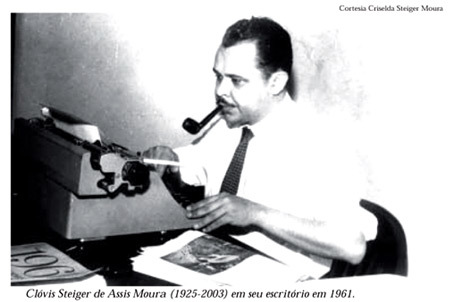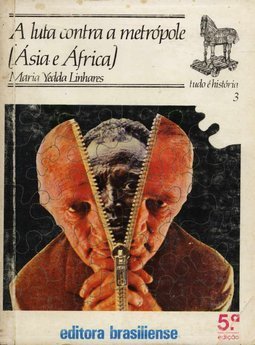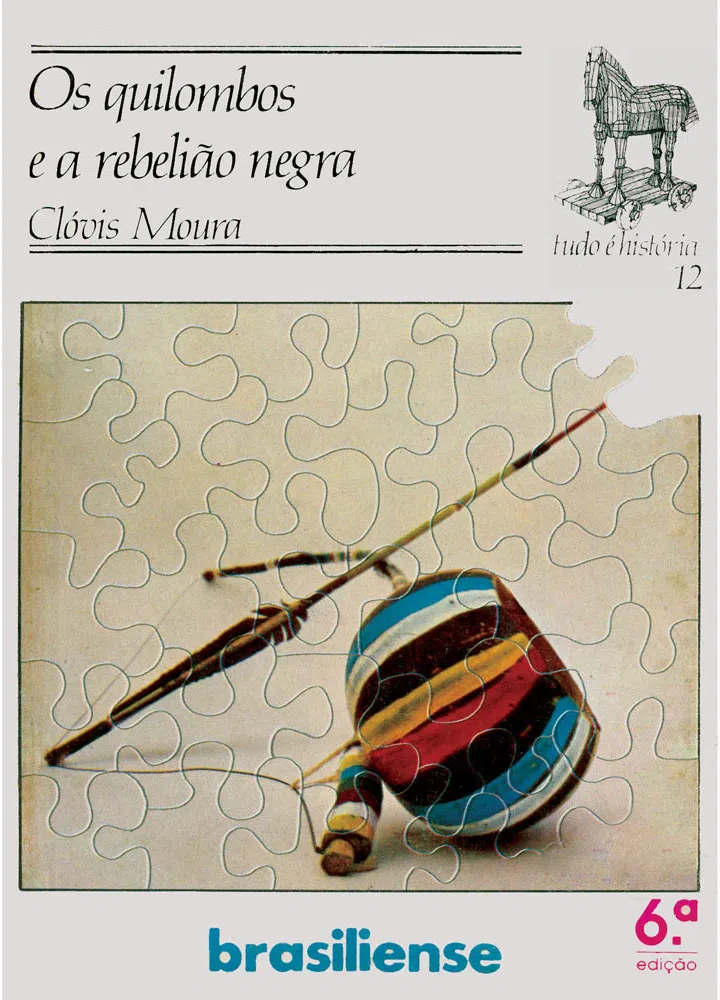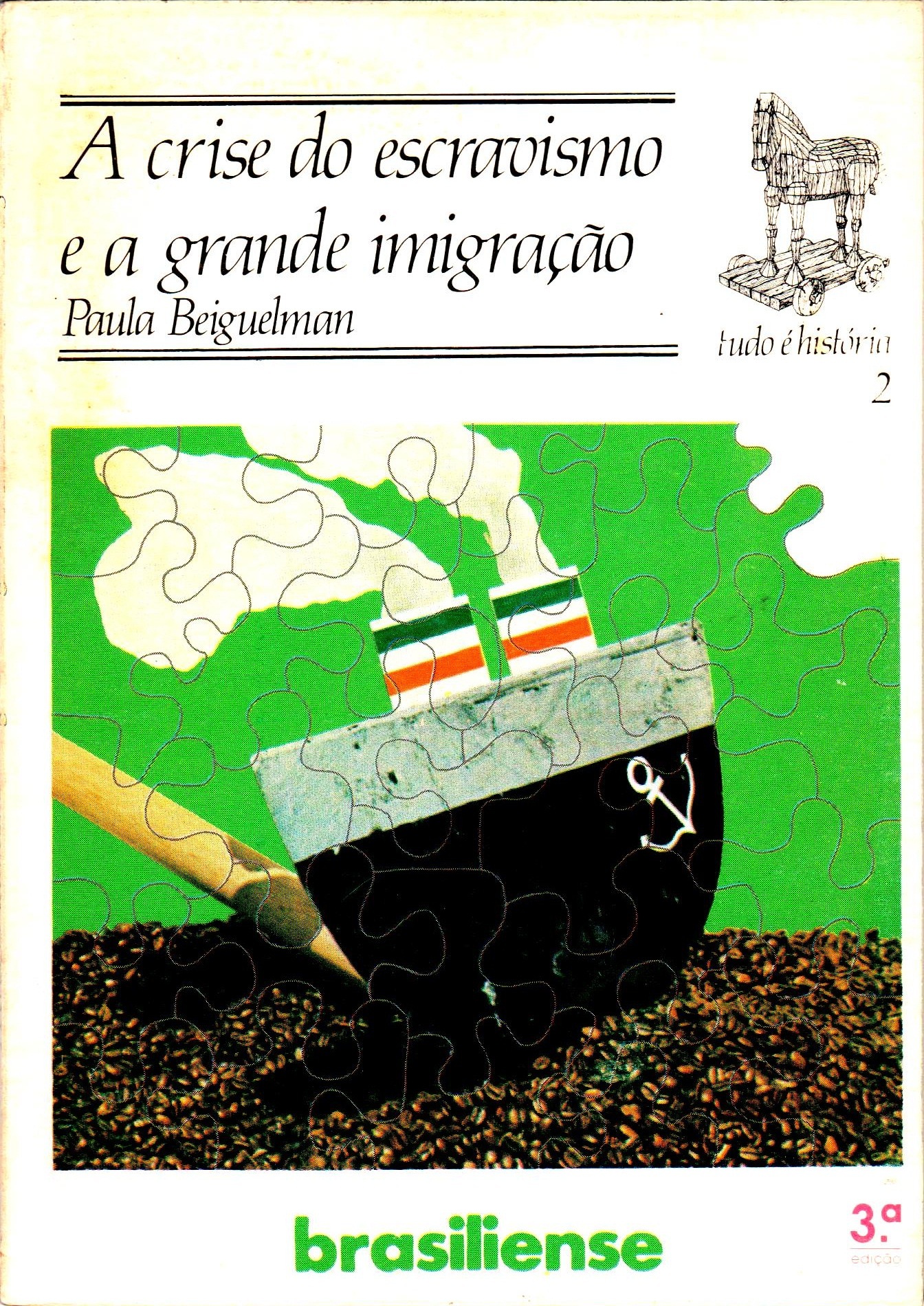
Clóvis Steiger de Assis Moura, better known as Clóvis Moura, was a sociologist, journalist, historian, and writer. In the book Clay of Memory, Clóvis Moura talks about his childhood in the countryside, the Rio Parnaíba and myths of Piaui's folklore, such as the legend of the Cuia de Cabeça. He was influenced by Marxism, having developed the Sociology of Black Praxis. Clovis Moura questioned Gilberto Freyre's view of black passivity in Brazil, highlighting the quilombos' resistance to slavery. In his research he dealt with the slave rebellion and the formation of the quilombos. Drawing on Marx's theory, he analyzed the class struggle in the slave system. For Clovis Moura, Brazilian slave society was subdivided into two antagonistic classes: slaveholders (ruling class) and slaves (dominated class). Slaves produced material goods and wealth while slaveholders owned property and the means of production. After abolition, slaves, despite having produced the riches that underpinned the Brazilian economy, were not entitled to property. He militated for the Brazilian Communist Party and, in 1962, in the split of the party, migrated to PCdoB. It stood out for its pioneering militancy in the Brazilian black movement. Collaborated with articles for newspapers from Bahia and São Paulo.







